Mind your step: The world's biggest slugs are alive, well and thriving in England
Prowl the wilds of Dartmoor at night and you just might stumble upon Limax cinereoniger, the world's largest land slug. Jack Watkins gets a closer look.
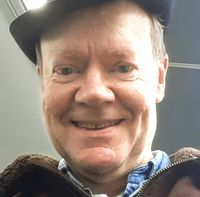

Short of re-enacting a scene from The Hound of the Baskervilles, you might think there is little reason for prowling the wilds of Dartmoor at night. A naturalist wouldn’t find it so strange, however, given that some of the area’s most intriguing wildlife — including bats, owls and nightjars — is essentially nocturnal. Also among their number is the ash-black slug, as Dartmoor National Park is one of the strongholds of what is believed to be the world’s largest land slug. Africa may have its Big Five, which includes lions and rhinos, but the park’s website states that it is proud to include the ash-black as a member of ‘Dartmoor’s Little Five’, keeping company with the cuckoo, marsh fritillary, otter and blue ground beetle.
It’s possible that other giant slugs await discovery in the equatorial rainforests, but what is certain is that, among the 44 known species present in Britain, Limax cinereoniger is our largest — most measure between 4in–8in, but some clock in at a whopping 12in. A. E. Ellis’s British Snails, first published in 1926 and for 40 years the standard work on the subject, even described them as ‘being up to 10cm to 40cm [4in–15¾in] long’. By comparison, one of the most common slugs, the large black (Arion ater), reaches up to 5½in in maturity.
Although some species of slug may be viewed as pests by gardeners, ash-blacks are unlikely ever to be seen near the precious lupins or hostas. They are essentially inhabitants of ancient woods and forests, both deciduous and coniferous, and may also be found on adjoining hillsides, rocky areas and grassland. According to the Conchological Society of Great Britain and Ireland, although now scarce, the slug ‘is probably the most reliable indicator of ancient, semi-natural woodland’.
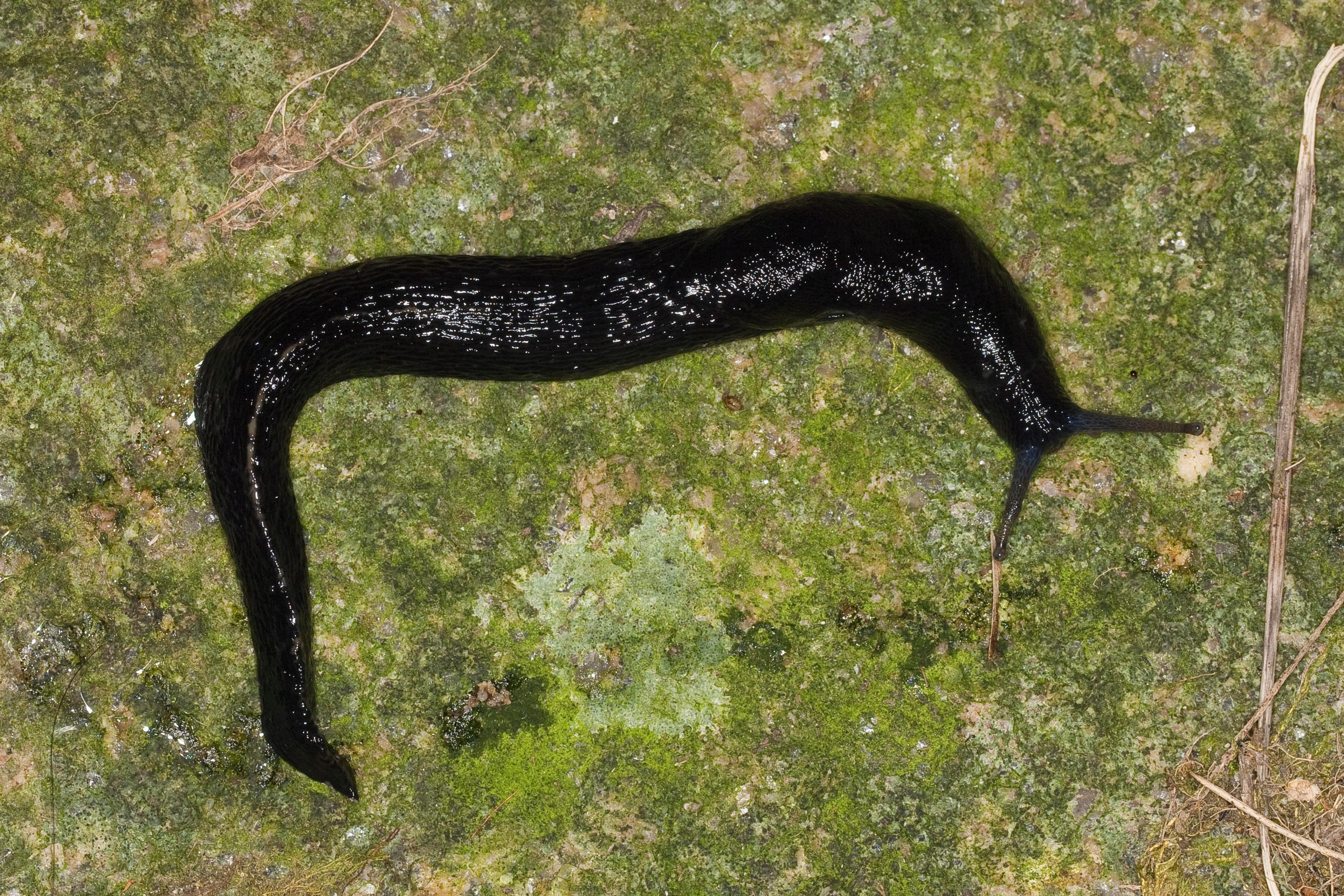
Present all year round, ash-blacks spend most of their time on the woodland floor, hiding under logs, loose bark and dead leaves. They love humid or moist conditions, hence the preponderance of them in the warm, sheltered oak woodland near the banks of Dartmoor’s River Dart. The slugs will emerge from their cover on a damp day, but are usually active at night when, demonstrating considerable mobility, they climb trees to feed on fungi and lichens. They can be remarkably long lived, surviving for up to five years.
Back in the 1950s, the ash-black, together with the large black, was part of an important study, one of several to demonstrate that slugs react to smells. Placed in the middle of a field at a certain distance from fungi, the slugs were observed to first crawl off in the direction in which they had been set down, before stopping. After a few moments, during which their tentacles moved from side to side, the slugs would start to slide off again, this time taking a spiralling course in the direction of the source of food. When the food was moved to a different spot before the slugs reached it, they would once again stop, repeatedly retract and extend their tentacles, then move off in the direction of the relocated fungi once more.
The ash-black is identified by the whitish keel or ridge running along the length of its back and the central line of its foot, which contrasts with the black or dark-grey body. Ellis described them as ‘stout’, but one Nature website goes so far as to call them ‘handsome’. No one has yet claimed that they are charismatic, but slugs are sadly understudied and undervalued and, if ever the call goes out for a poster boy — or girl — to front a long-overdue ‘We Love Slugs’ campaign, the ash-black has got to be in the running.
Feeling sluggish
- Slugs and snails are members of the gastropod class of molluscs.
- Although Limax cinereoniger is dark in colour in Britain, on the Continent, where it is widespread, its colour and markings can also include white, yellow and red.
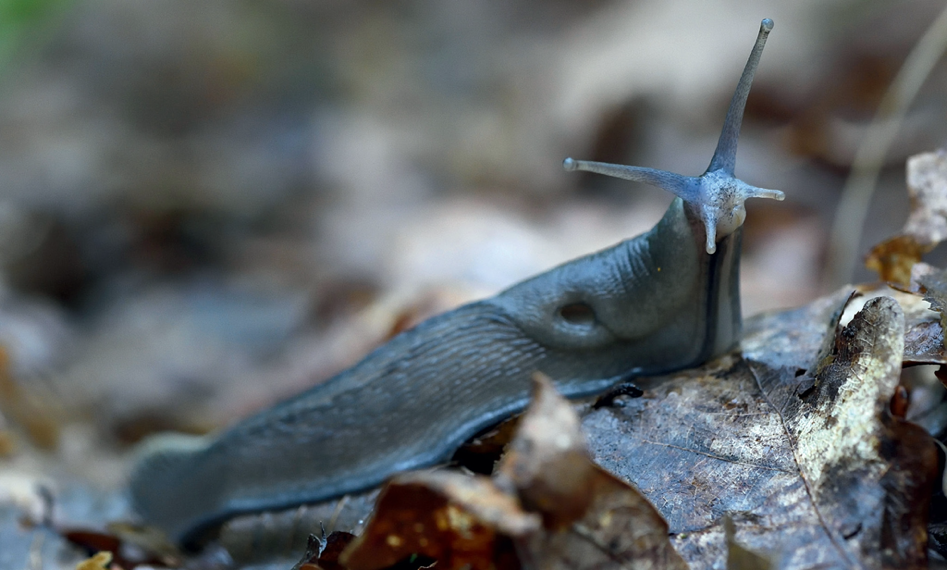
- The Conchological Society of Great Britain and Ireland (yes, really) publishes the magazine Mollusc Worldand its website has a helpful section on identifying common garden slugs and snails — www.conchsoc.org.
- Slugs are hermaphrodites, meaning they have both male and female reproductive organs. However, two slugs are still required to complete the mating process.
- In the collection of Oxford’s Pitt Rivers Museum is a glass jar containing a slug impaled on a thorn. Originally black, the slug is bleached white from years of immersion in alcohol. The instruction on the jar reads: ‘Charm for warts. Go out alone & find a large black slug. Secretly rub the underside on the warts and impale the slug on a thorn. As the slug dies, the warts will go’.
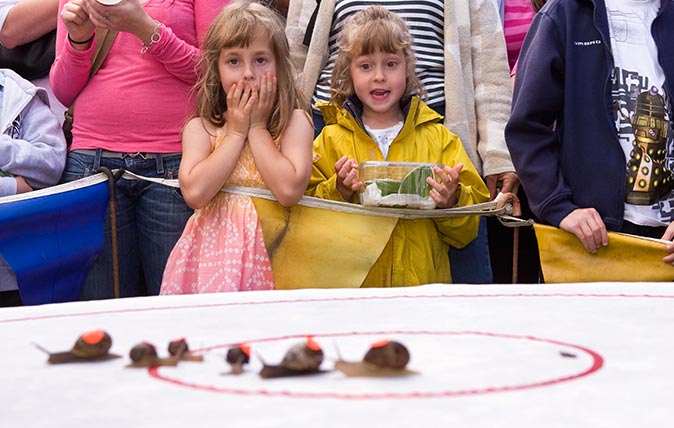
Ready, steady, SLOW! The wonderfully eccentric (and very British) world of competitive snail racing
Summer in the British countryside brings with it all sorts of unusual events and celebrations – and they don't get any
Exquisite houses, the beauty of Nature, and how to get the most from your life, straight to your inbox.

Credit: Isles of Scilly Travel
Monkeys, cows and slugs on the runway: The life of the rural pilots who keep our communities alive
Live monkeys in the cargo, slugs on the runway and ‘schizophrenic’ weather conditions are all in a day’s work finds
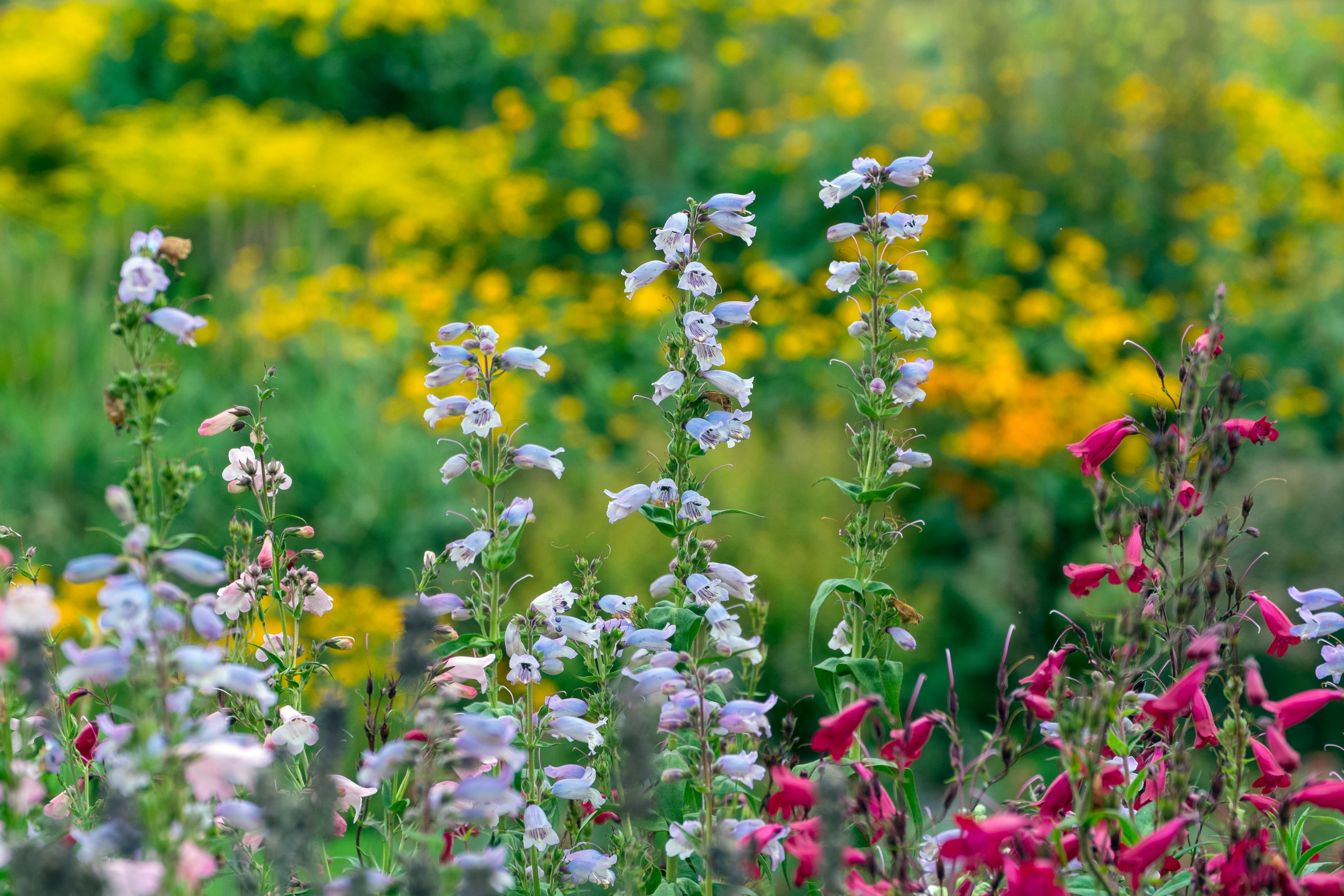
Credit: Gary K Smith / Alamy
Alan Titchmarsh: The ultimate flower for the lazy gardener
Penstemons are easy to grow, hardy, and flower for months — even the slugs don't both them. They might just be
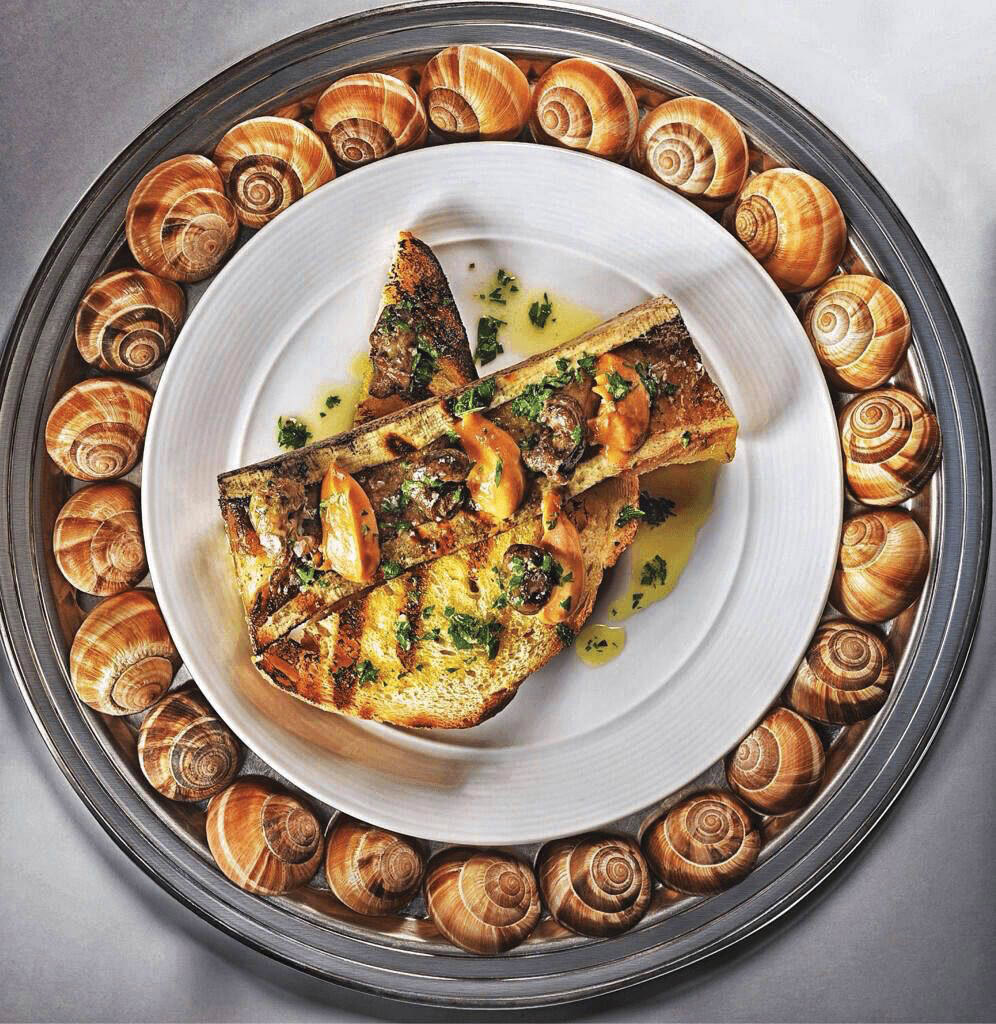
Tom Parker Bowles: Why Dorset snails are as good (if not better) than French ones — and a recipe to prove it
Snails might forever be associated with French cuisine, but the slippery little suckers bred on these shores are rivalling the
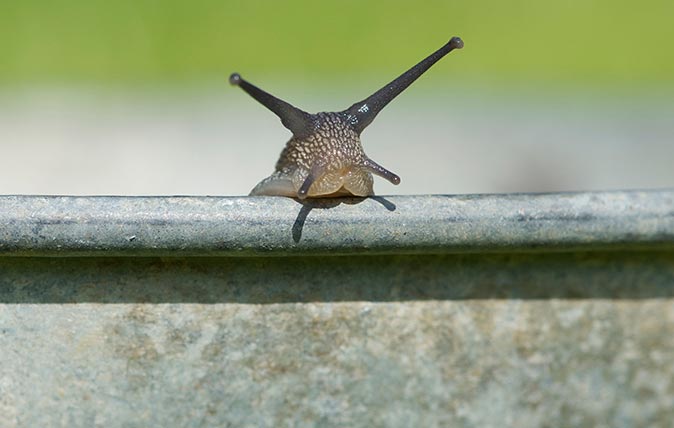
Credit: Alamy
Curious Questions: Does throwing a snail stop it from returning to your garden?
The oldest gardeners' remedy for getting rid of snails is also the simplest: throw them as far away as you
Jack Watkins has written on conservation and Nature for The Independent, The Guardian and The Daily Telegraph. He also writes about lost London, history, ghosts — and on early rock 'n' roll, soul and the neglected art of crooning for various music magazines
